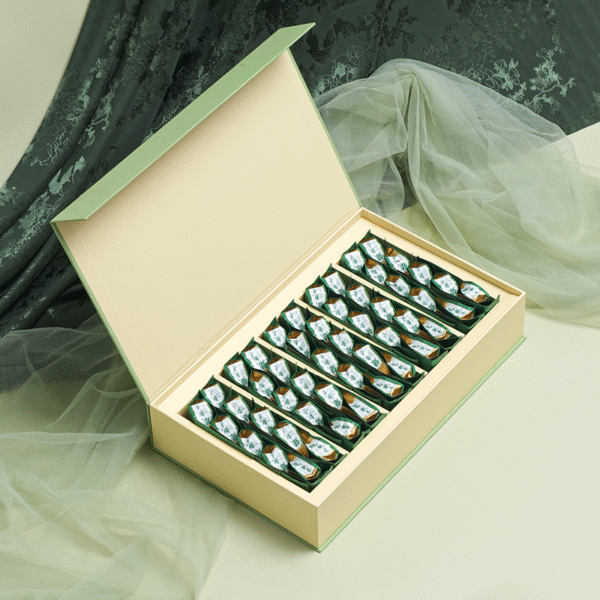
html
First Grade Dragon Well Tea vs. Biluochun Green Tea: A Comparison
Green tea enthusiasts often find themselves torn between two of China’s most famous varieties: First Grade Dragon Well Tea (Longjing) and Biluochun Green Tea. Both teas boast rich histories, unique flavors, and distinct production methods. In this article, we’ll explore the differences between these two premium green teas to help you decide which one suits your palate.
Origins and History
Dragon Well Tea (Longjing) originates from Hangzhou, Zhejiang Province, and has been celebrated for over 1,200 years. It was once reserved for emperors and is now one of China’s most prized teas. Biluochun, on the other hand, hails from Dongting Mountain in Jiangsu Province and is known for its delicate, spiral-shaped leaves and fruity aroma.
Appearance and Aroma
First Grade Dragon Well Tea is characterized by its flat, spear-shaped leaves with a vibrant jade-green color. When brewed, it releases a fresh, chestnut-like fragrance. Biluochun, in contrast, features tightly rolled, spiral-shaped leaves covered in fine white hairs. Its aroma is more floral and fruity, often compared to apricots or peaches.
Flavor Profile
The flavor of Dragon Well Tea is smooth, mellow, and slightly sweet with a lingering nutty aftertaste. High-quality Longjing has a distinct umami character. Biluochun offers a more complex taste – initially sweet and fruity, followed by a refreshing vegetal note and a slightly astringent finish.
Brewing Methods
Both teas require careful brewing to bring out their best qualities:
- Dragon Well: Use water at 75-80°C (167-176°F) and steep for 1-2 minutes
- Biluochun: Slightly cooler water at 70-75°C (158-167°F) with a shorter steeping time of 30-60 seconds
Health Benefits
As premium green teas, both varieties offer similar health benefits including:
- High antioxidant content
- Metabolism boosting properties
- Improved mental alertness
- Potential cardiovascular benefits
Which One Should You Choose?
If you prefer a smoother, nuttier tea with historical prestige, First Grade Dragon Well is an excellent choice. For those who enjoy more complex, fruity flavors with a delicate appearance, Biluochun might be more satisfying. Many tea connoisseurs recommend trying both to appreciate their unique characteristics fully.
Ultimately, the “better” tea comes down to personal preference. Both represent the pinnacle of Chinese green tea craftsmanship and offer distinct sensory experiences worth exploring.